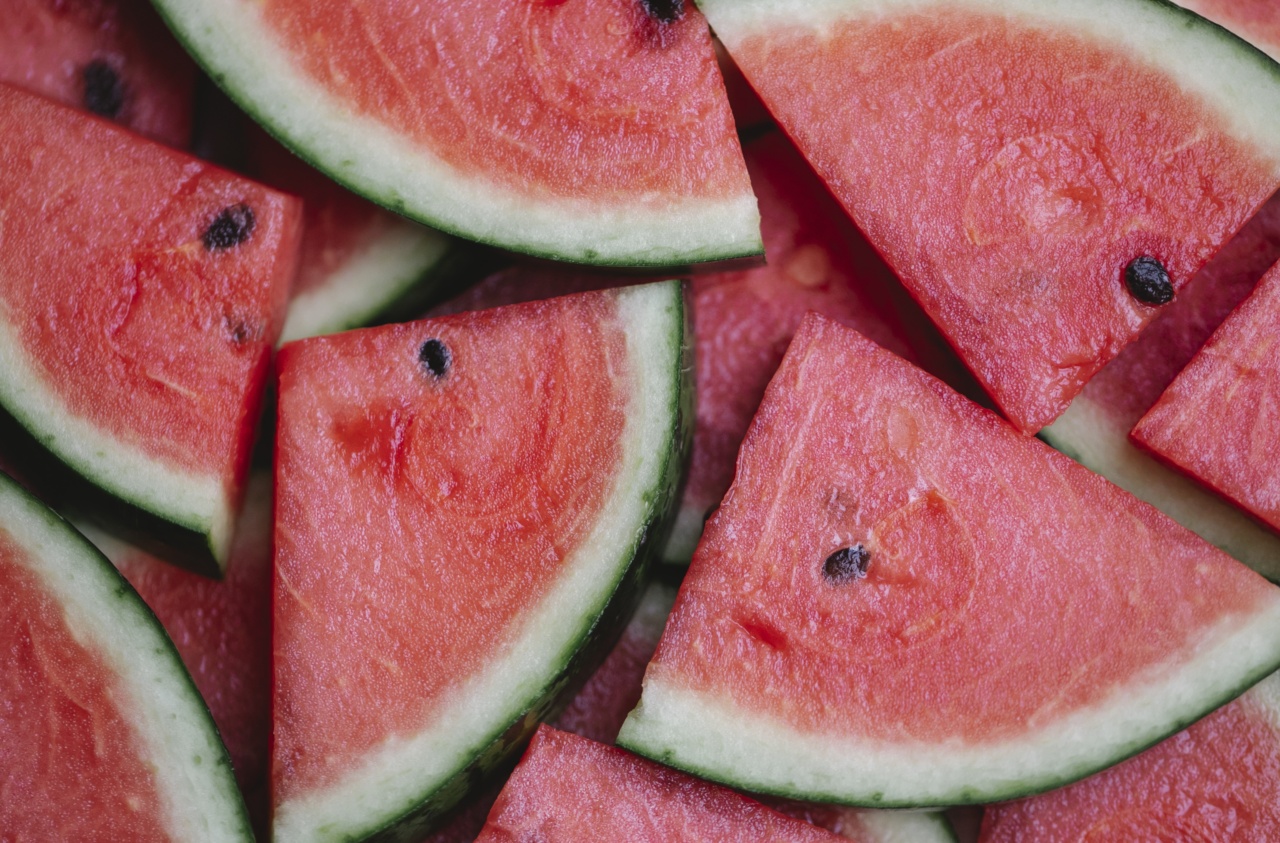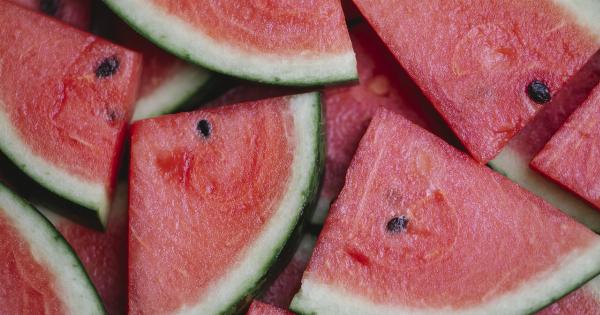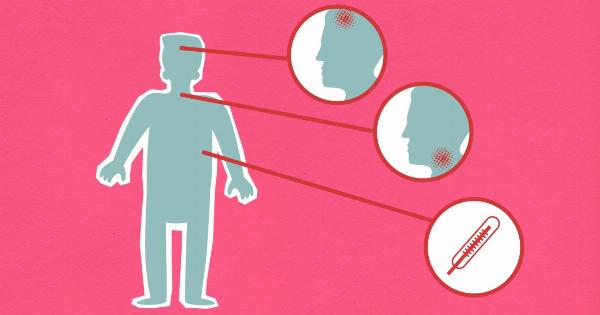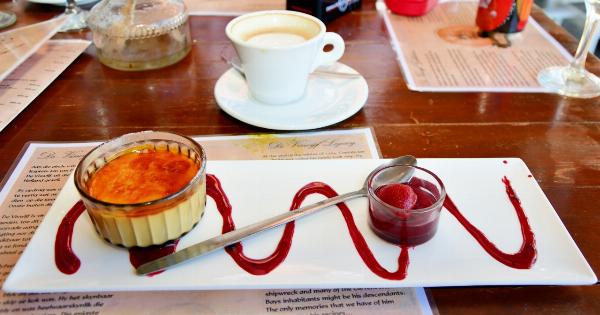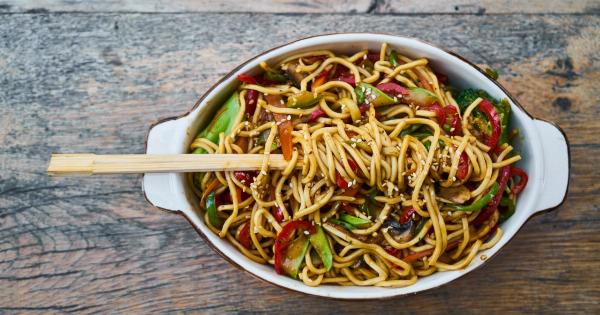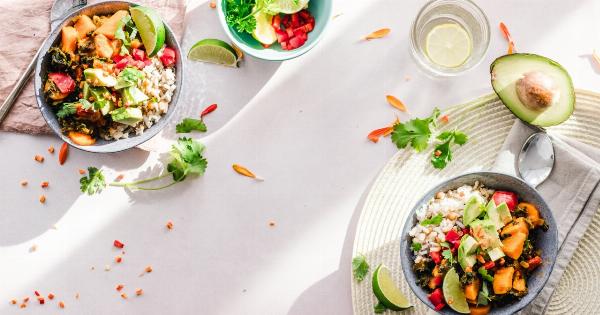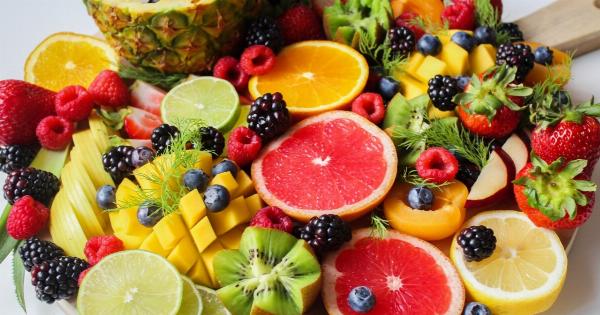Hypertension, commonly known as high blood pressure, is a condition that occurs when the force of blood against the artery walls is too high. It is considered a chronic medical condition that requires ongoing management and treatment.
If left untreated, hypertension can lead to serious health complications such as heart disease, stroke, and kidney problems.
Causes of Hypertension
There are several factors that can contribute to the development of hypertension. Some of the common causes include:.
- Genetic predisposition
- Poor diet
- Lack of physical activity
- Smoking
- Obesity
- Stress
Effects of Hypertension
When blood pressure remains consistently high, it puts strain on the arteries and organs of the body. Over time, this can lead to:.
- Damage to blood vessels
- Increased risk of heart disease and stroke
- Heart failure
- Kidney disease or failure
- Vision loss
Managing Hypertension
Fortunately, hypertension can be managed and controlled through lifestyle changes and medications. Some of the effective strategies for managing hypertension include:.
- A healthy diet rich in fruits, vegetables, whole grains, and low-fat dairy products
- Regular exercise
- Maintaining a healthy weight
- Reducing sodium intake
- Limited alcohol consumption
- Quitting smoking
- Stress management techniques
The Role of Red Juice in Hypertension
Red juice, made from a combination of red fruits and vegetables, has gained popularity as a natural remedy for hypertension.
Packed with essential nutrients and antioxidants, red juice can help reduce blood pressure and promote overall cardiovascular health.
Key Ingredients in Red Juice
Red juice typically contains a combination of the following ingredients:.
- Beets: Beets are rich in dietary nitrates, which are converted into nitric oxide in the body. Nitric oxide helps relax and dilate blood vessels, thus reducing blood pressure.
- Pomegranates: Pomegranates are loaded with antioxidants and polyphenols that can help lower blood pressure and improve overall heart health.
- Berries: Blueberries, raspberries, and strawberries are packed with flavonoids, which have been shown to reduce blood pressure and improve vascular function.
- Cranberries: Cranberries contain compounds that help improve blood flow and reduce inflammation, which can contribute to lower blood pressure levels.
- Carrots: Carrots are rich in potassium, a mineral that helps regulate blood pressure levels and reduce the negative effects of sodium in the body.
- Spinach: Spinach is an excellent source of magnesium, which helps relax blood vessels and promote healthy blood pressure levels.
- Ginger: Ginger has been used for centuries in traditional medicine to lower blood pressure and improve circulation.
The Science behind Red Juice and Blood Pressure
Scientific studies have provided evidence supporting the beneficial effects of red juice on hypertension.
A study published in the journal Hypertension found that daily consumption of beetroot juice, a key ingredient in red juice, significantly reduced blood pressure in hypertensive patients. The nitric oxide produced from dietary nitrates in beets was shown to relax blood vessels and improve blood flow.
Another study published in the Journal of Nutrition found that regular intake of pomegranate juice significantly reduced systolic blood pressure levels in hypertensive individuals.
The antioxidants and polyphenols present in pomegranates were attributed to these positive effects.
The flavonoids in berries have also been extensively studied for their potential to lower blood pressure.
A review published in the American Journal of Clinical Nutrition concluded that regular consumption of berries led to a modest reduction in blood pressure levels.
How to Make Red Juice at Home
Making red juice at home is simple and requires minimal ingredients. Here’s a basic recipe to get you started:.
- 1 medium-sized beet
- 1 pomegranate
- 1 cup of mixed berries (blueberries, raspberries, strawberries)
- 1/2 cup of cranberries
- 2 carrots
- A handful of spinach
- 1-inch piece of ginger
Wash and peel all vegetables and fruits. Chop them into small pieces for easier blending. Add all the ingredients to a blender or juicer and blend until smooth and well-combined. You can adjust the consistency by adding water if desired.
Pour the juice into a glass and enjoy!.
Incorporating Red Juice into Your Daily Routine
Adding red juice to your daily routine can be a great way to support your overall heart health and manage hypertension. Consider the following tips:.
- Start with a small serving of red juice and gradually increase the amount over time.
- Enjoy red juice in the morning as a refreshing and nutritious way to start your day.
- Consider incorporating red juice into your pre-workout routine for an extra boost of energy and nutrients.
- Combine red juice with other heart-healthy foods to create a well-rounded breakfast or snack.
Consultation with a Healthcare Professional
While red juice can be beneficial for managing hypertension, it is important to consult with a healthcare professional, especially if you are already taking prescribed medications for hypertension.
They can provide personalized advice and recommendations based on your specific health needs.
Conclusion
Red juice, made from a combination of red fruits and vegetables, can be a valuable addition to a hypertension management plan.
With its rich array of nutrients and antioxidants, red juice offers potential benefits in lowering blood pressure and improving overall cardiovascular health. However, it is important to remember that red juice should not replace prescribed medications or other lifestyle modifications. It should be used as a complementary strategy with guidance from a healthcare professional.
